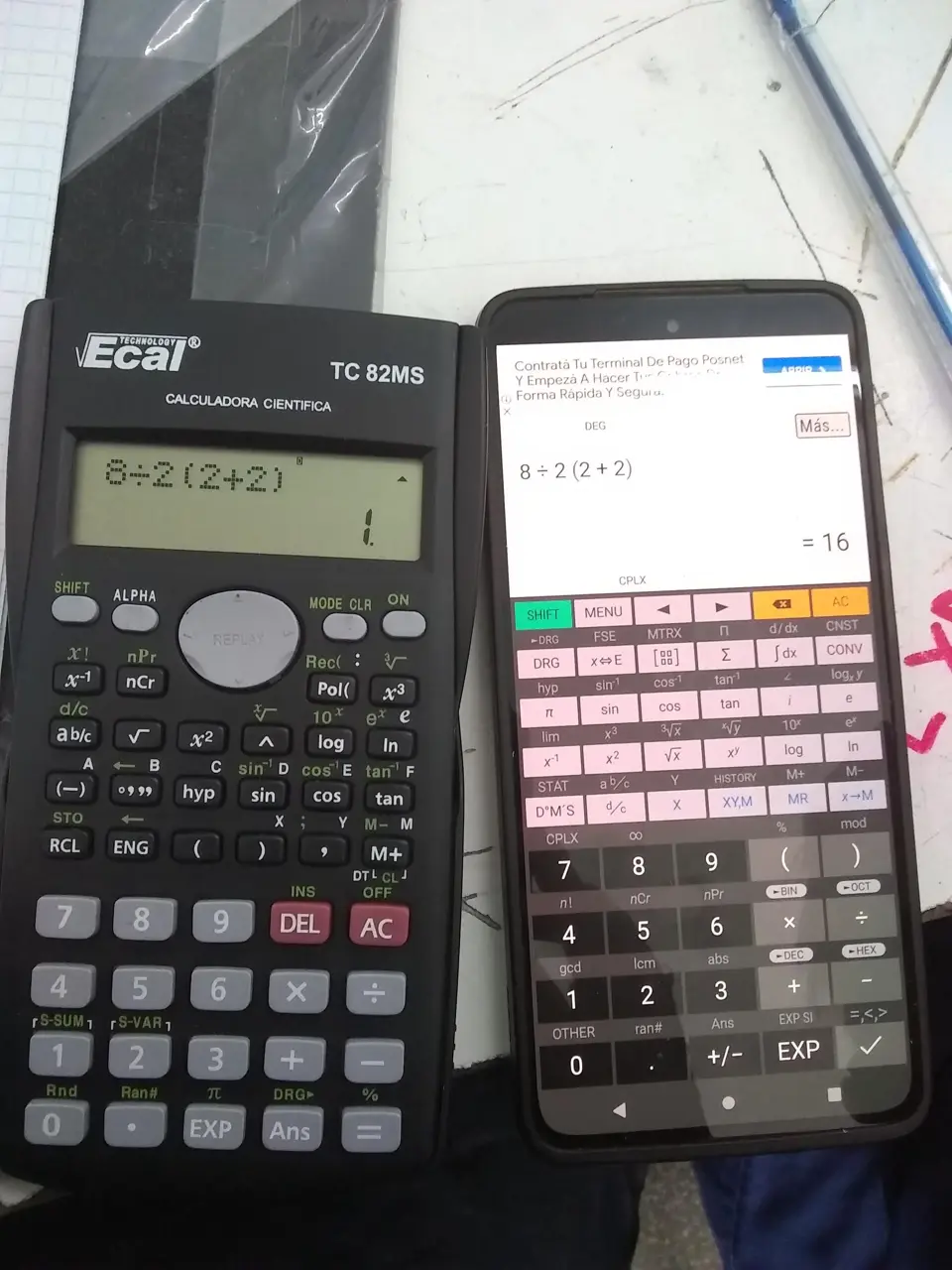this post was submitted on 03 Dec 2023
416 points (100.0% liked)
196
16237 readers
19 users here now
Be sure to follow the rule before you head out.
Rule: You must post before you leave.
founded 1 year ago
MODERATORS
you are viewing a single comment's thread
view the rest of the comments
view the rest of the comments

This is exactly right. It's not a law of maths in the way that 1+1=2 is a law. It's a convention of notation.
The vast majority of the time, mathematicians use implicit multiplication (aka multiplication indicated by juxtaposition) at a higher priority than division. This makes sense when you consider something like 1/2x. It's an extremely common thing to want to write, and it would be a pain in the arse to have to write brackets there every single time. So 1/2x is universally interpreted as 1/(2x), and not (1/2)x, which would be x/2.
The same logic is what's used here when people arrive at an answer of 1.
If you were to survey a bunch of mathematicians—and I mean people doing academic research in maths, not primary school teachers—you would find the vast majority of them would get to 1. However, you would first have to give a way to do that survey such that they don't realise the reason they're being surveyed, because if they realise it's over a question like this they'll probably end up saying "it's deliberately ambiguous in an attempt to start arguments".
Sorry but both my phone calculator and TI-84 calculate 1/2X to be the same thing as X/2. It's simply evaluating the equation left to right since multiplication and division have equal priorities.
X = 5
Y = 1/2X => (1/2) * X => X/2
Y = 2.5
If you want to see Y = 0.1 you must explicitly add parentheses around the 2X.
Before this thread I have never heard of implicit operations having higher priority than explicit operations, which honestly sounds like 100% bogus anyway.
You are saying that an implied operation has higher priority than one which I am defining as part of the equation with an operator? Bogus. I don't buy it. Seriously when was this decided?
I am no mathematics expert, but I have taken up to calc 2 and differential equations and never heard this "rule" before.
I can say that this is a common thing in engineering. Pretty much everyone I know would treat 1/2x as 1/(2x).
Which does make it a pain when punched into calculators to remember the way we write it is not necessarily the right way to enter it. So when put into matlab or calculators or what have you the number of brackets can become ridiculous.
I'm an engineer. Writing by hand I would always use a fraction. If I had to write this in an email or something (quickly and informally) either the context would have to be there for someone to know which one I meant or I would use brackets. I certainly wouldn't just wrote 1/2x and expect you to know which one I meant with no additional context or brackets
By the definition of Terms, ab=(axb), so you most certainly can write that (and Maths textbooks do write that).